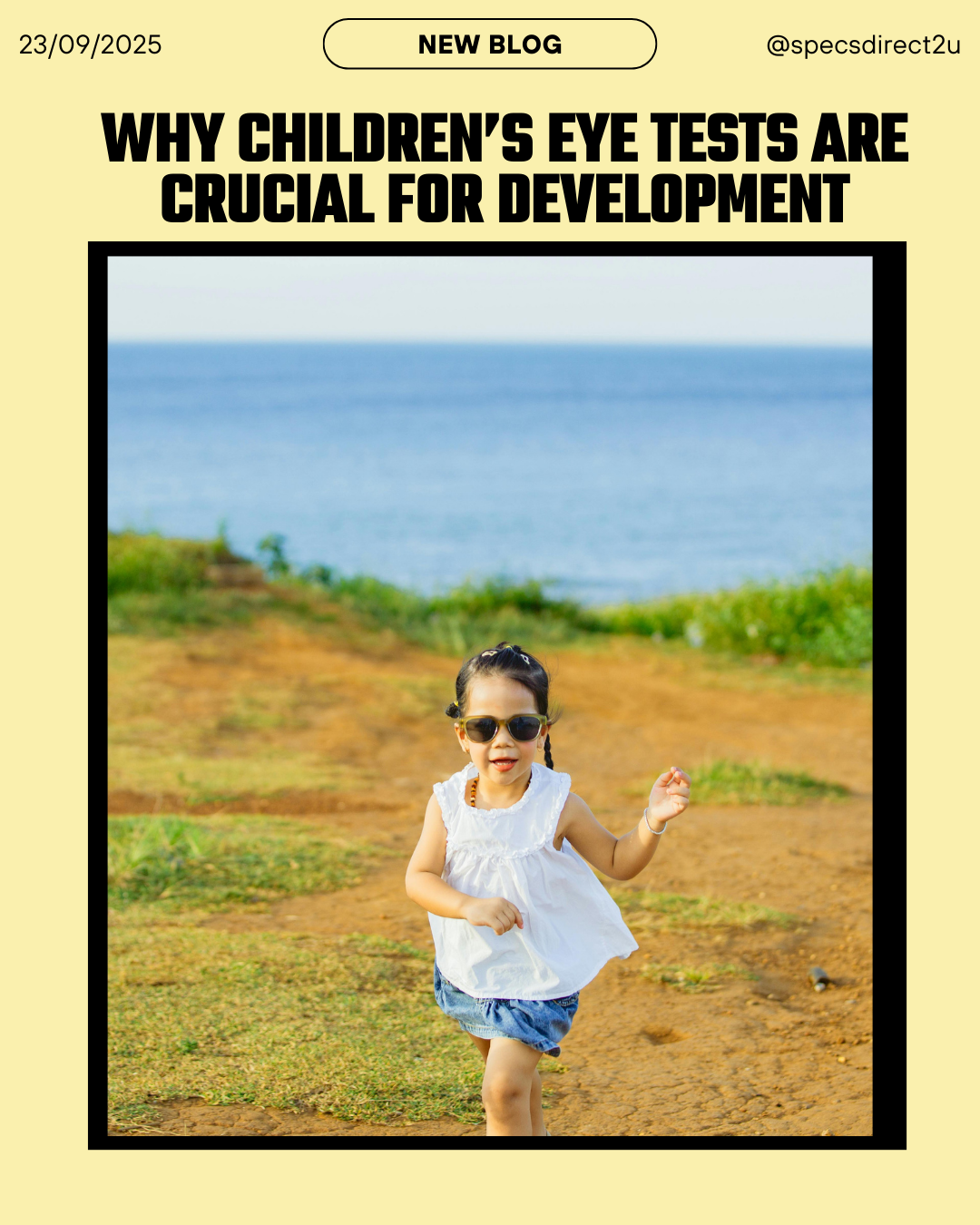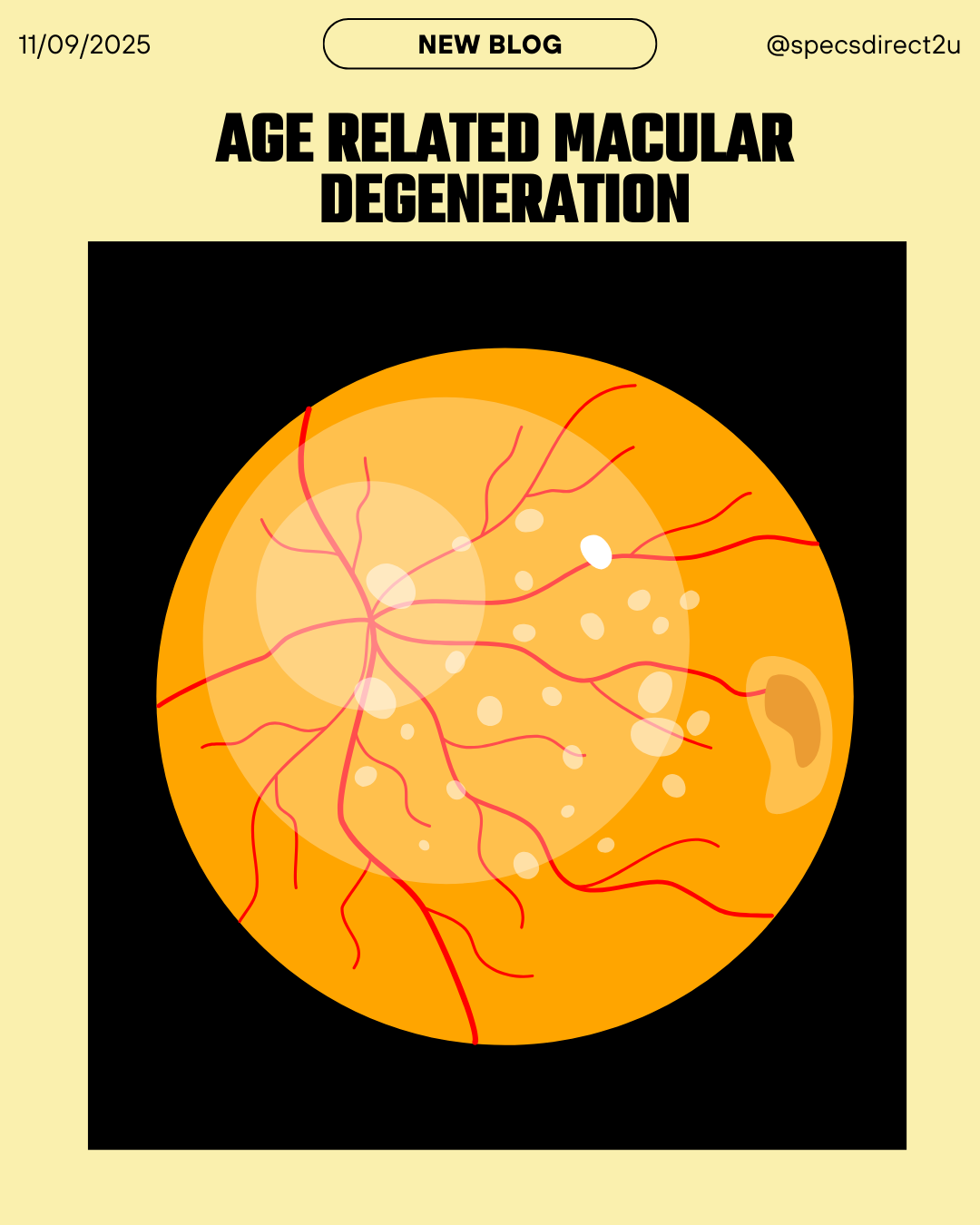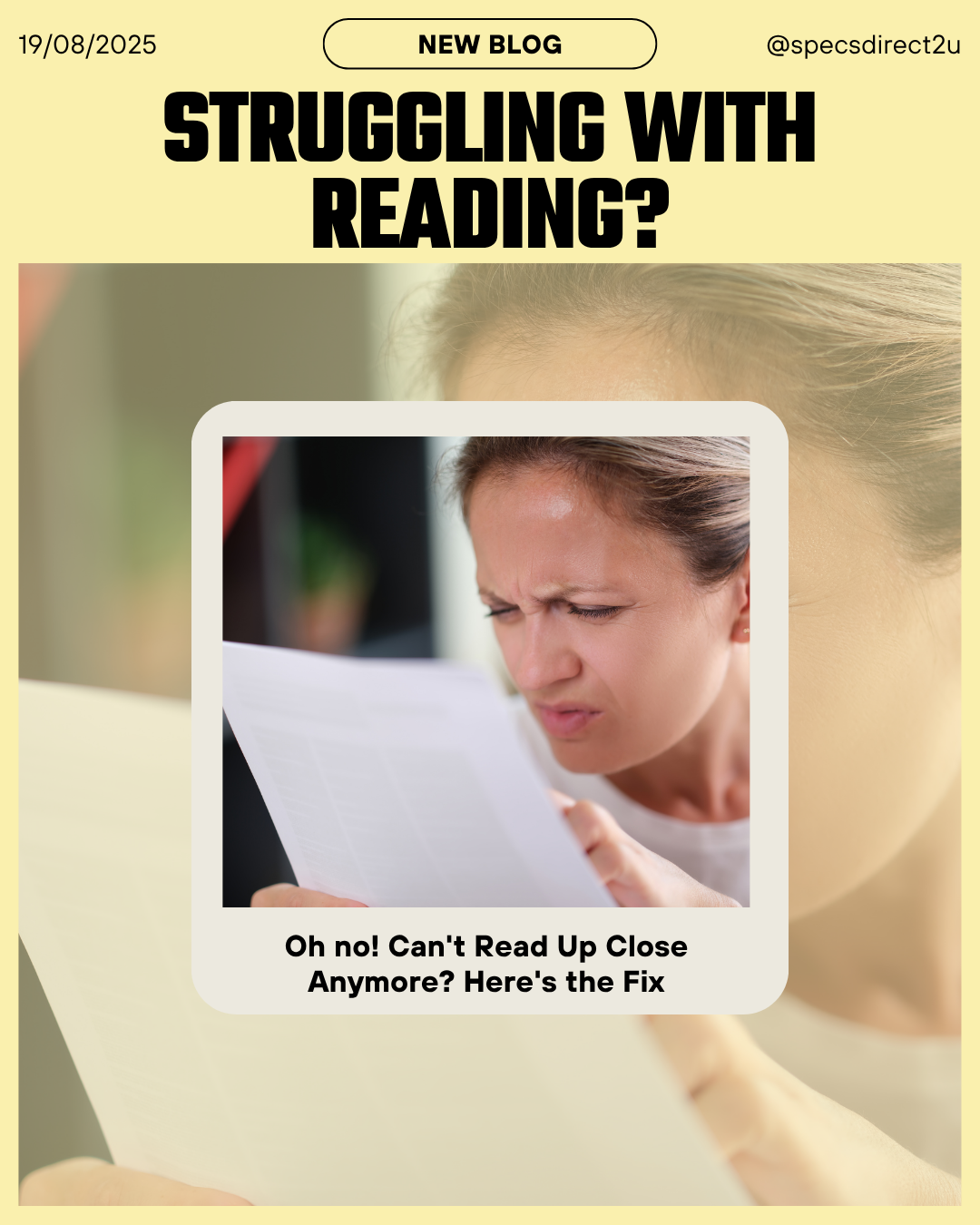Children’s Eye Test: Why Annual Checks Are Essential for Your Child’s Vision
Children’s Eye Test: Why Annual Checks Are Essential for Your Child’s Vision
Did you know that keeping your child’s eyes healthy is just as important as their annual check-ups with the doctor or dentist? This National Eye Health Week, let’s talk about why regular children’s eye tests are essential, and how you can help little eyes thrive.

Get Tested
Regular eye tests, at least once a year, are crucial for catching problems early. Conditions like squint, amblyopia (lazy eye), hyperopia (long-sightedness), or myopia (short-sightedness) can be spotted early, and the sooner they are addressed, the better the treatment outcome.
Eye tests are free for all children under 16, funded by the NHS. If glasses or contact lenses are required, you will also be eligible for an optical voucher to help offset the cost.
What a Child’s Eye Test Includes:
A thorough eye test for children checks more than just whether they can see the letters on a chart. It may include:
- Vision check to measure the quality of sight
- Prescription check to see if glasses are needed
- Colour vision test to spot colour deficiencies
- 3D vision check to assess depth perception
- Eye muscle check to ensure eyes work together properly
- Visual field check to detect blind spots or peripheral vision issues
- Eye health check front and back to examine the cornea, lens, retina, and optic nerve
- Accommodation check to see how well the eyes focus on near and far objects
Knowing exactly what is checked can help parents feel confident that all aspects of their child’s vision and eye health are being monitored.

Tell-Tale Signs Your Child Could Be Struggling to See Clearly
Sometimes it’s hard to tell if a child is having vision problems, but watch out for:
- Struggling to recognise colours or shapes
- Frequently bumping into things
- Sitting very close to the TV
- Lack of interest in reading or schoolwork
- Complaining of headaches
Physical signs to look for include:
- Rubbing eyes frequently
- Squinting, tilting their head, or closing one eye to focus
- One eye is turning in or out
- Blinking a lot
- Excessive tearing
- Red, sore, or encrusted eyelids
If you notice any of these signs, book an eye test promptly.
Common Childhood Eye Conditions
- Amblyopia (lazy eye): One eye sends weaker signals to the brain. Early diagnosis and treatment, usually glasses and eye patching, are essential before age eight.
- Astigmatism: Astigmatism means your eye is shaped more like a rugby ball than a football, so light is focused at more than 1 place in the eye. Easily corrected with glasses or contact lenses.
- Hyperopia (long-sightedness): Close-up objects appear blurry. Glasses may be needed.
- Myopia (short-sightedness): Distant objects appear blurry. Early correction helps slow progression with myopia control lenses.
- Squint (strabismus): Eyes point in different directions, causing double vision or lazy eye. Treatment may include glasses, exercises, patching, or hospital treatment.
Eat a Rainbow
Colourful fruits and vegetables aren’t just fun to eat, they’re packed with nutrients that support healthy eyes. Think tomatoes, melon, grapes, blueberries, plus protein sources like fish, chicken, and eggs, and whole grains.

Top tips for fussy eaters:
- Swap chips for sweet potato wedges
- Cut fish into fun shapes with a cookie cutter
- Bake kale crisps with a little olive oil
- Make rainbow fruit kebabs using berries, mango, pineapple, kiwi, and grape
Cover Up
Children’s eyes are especially sensitive to UV light. When the UV Index is 3 or higher (even on cloudy days), make sure your child wears CE, UV 400, or British Standard sunglasses.
A wide-brimmed hat adds extra protection. Check the Met Office website for current UV levels.

Go Outdoors
Spending time outside isn’t just fun, it may also help prevent/ slow down myopia (short-sightedness) in children. Encourage daily outdoor play to keep their eyes, and bodies, healthy.
Act on Advice
Follow guidance from your child’s eye care practitioner to ensure the best treatment outcomes. For older children who wear contact lenses, make sure they know how to use and care for them safely.
Stimulate the Senses
From birth to around eight years old, your child’s vision is still developing. You can help with playful activities:
- For babies: high-contrast toys, mirrors, peekaboo
- For pre-schoolers: activities that encourage hand-eye coordination, like throwing, catching, or building with blocks
Taking small steps today, like getting an annual eye test, eating a rainbow, and playing outside, can make a huge difference in your child’s visual health for years to come.
Read more about children’s eye tests on the NHS website: https://www.nhs.uk/tests-and-treatments/eye-tests-in-children/
GET IN TOUCH



